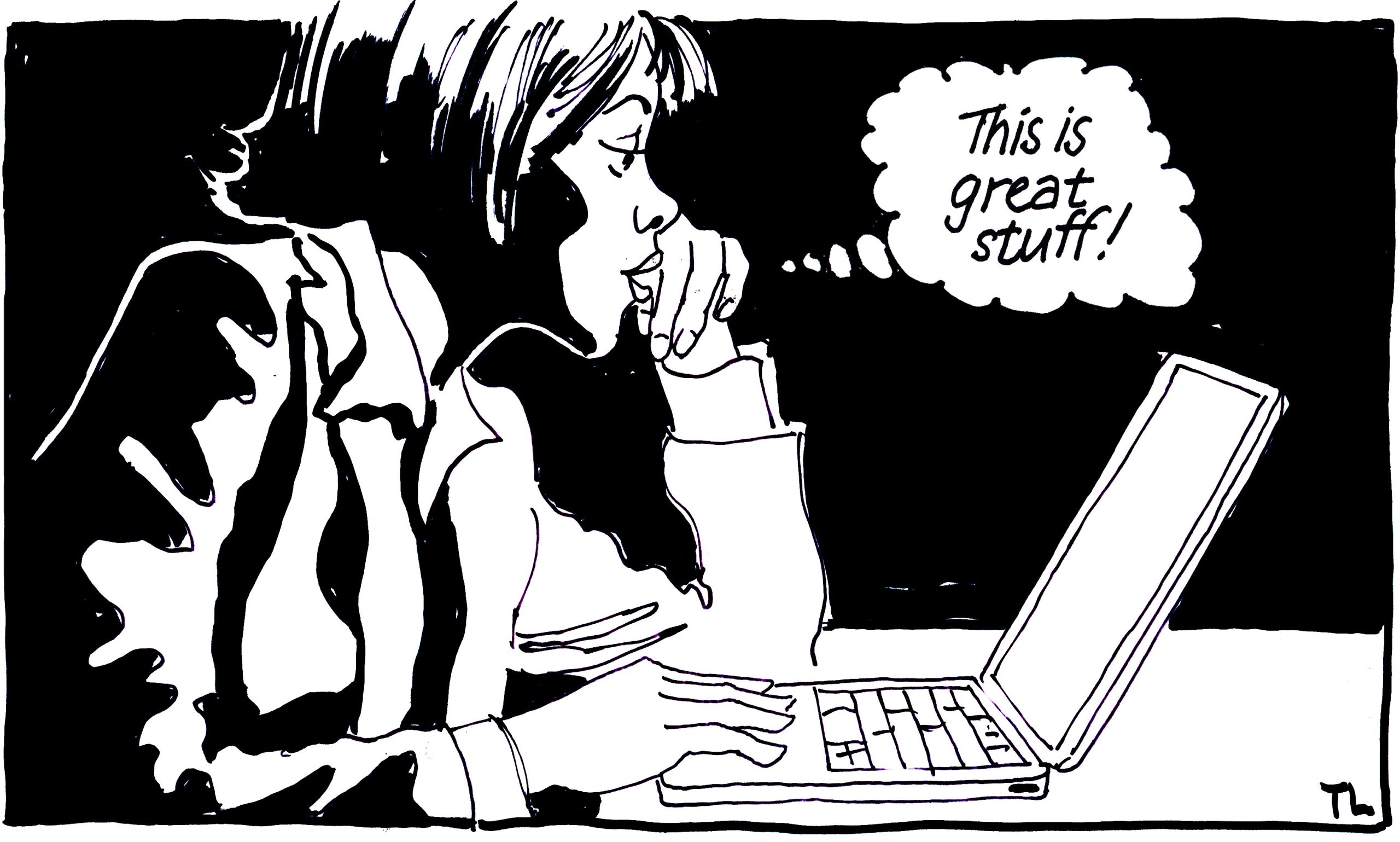Design Firm Growth: Does it Really Matter to Creatives?

In a recent article, Thomas Lockwood, an executive recruiter in the design industry, asks Why are design firms stagnating? I spent decades managing design firms, and then brokering sales of design firms. I’m curious about the data Mr. Lockwood consulted. He may be right in his observation, but I don’t think it really matters.
Large corporations are opportunistic. If they see that buying a design firm will help, they’ll do it. If something changes, they may sell it. If the creatives like working for the corporation, or can’t find a better opportunity, they stay. If not, they leave. We creatives are turtles after all, we have our houses on our back. Our skills go with us. This is fine.
The design industry isn’t really an industry, never has been. Design firms are groups of creative people who have developed specialized skills that fit with the needs of their clients. Creatives flock together with others they like and respect to make a living. Even the owners are more interested in the work and the experience of working with a like-minded group than they typically are in building a business. They do it because they love it. The financially successful ones are often surprised at their own success. Those just focused on the money usually are not doing the best work.
Freelancers Union reported on a recent U.S. Government Accountability Office study showing 40% of the U.S. workforce is freelance — the highest ever. Most of those freelancers consider themselves to be creatives, and there are lots of designers in that group. Fact is that you don’t need a big design group to survive and prosper anymore. Before the Mac, industrial design firms employed hundreds of draftsmen and draftswomen. Post Mac, those big firms shed staff in the hundreds. Typesetters also went the way of wagon wheel makers as graphic design firms, ad agencies and everyone else moved to doing their own type.
Growth of design firms has always followed trends. In the 90s it was brand, and brand packaging. In the 2000s it was innovation. Big architecture firms grew to meet the needs of China and Southeast Asia. Now it’s UI/UX. Large corporations are managed by smart, competitive people who know that good design is a requirement. They build large design departments to create and replicate the products they need. And they hire thousands of design firms and independent contractors at the same time.
In this post-industrial age, what’s hot is the design of the online experience and the design of interfaces of all kinds. Tomorrow we’ll see designers dealing with the reality of artificial intelligence and how to create the controls of spacefaring machines and ships. I’ll bet those creatives will come together in unexpected ways.
But in the meantime, if 40% of the workforce is freelance, I’d say that’s good evidence that creative people are finding their own ways to do interesting things and sustain themselves just like they always have. Big creative firms will shrink or grow with the economy but the talent will be fine. We are creatives, after all!




